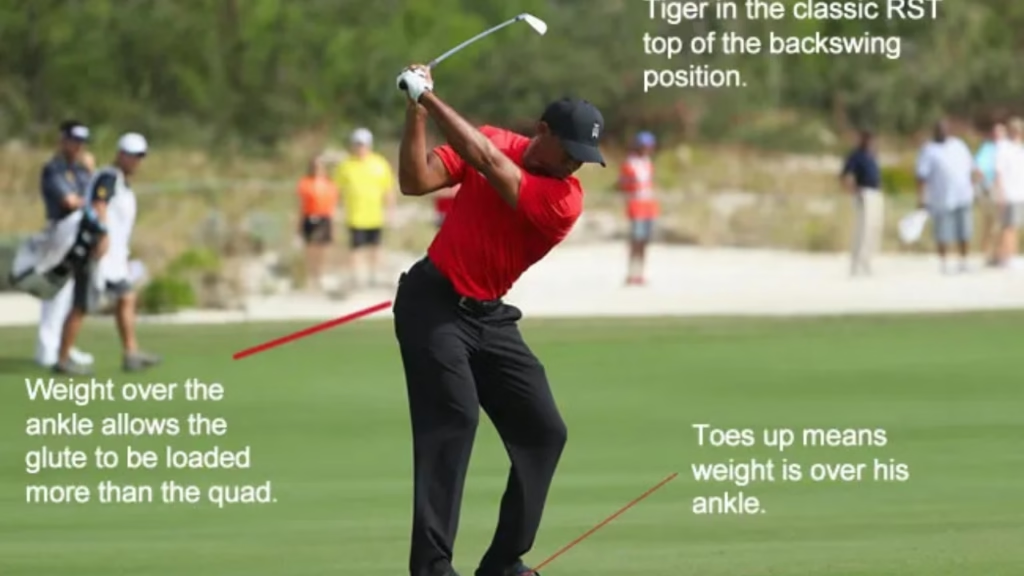How to Achieve the Perfect Golf Swing
When I first started playing golf, I could never perfect my swing. I struggled with consistency, often failing to meet expectations on every shot, but I never gave up. Day after day, year after year, I worked tirelessly to improve my golf swing, learning from my mistakes, researching, and practicing countless hours. I read articles, watched instructional videos, and sought advice from experienced golfers to perfect my golf swing, all of which helped me understand what makes a golf swing genuinely perfect.
In this guide, I will describe the techniques, tips, and drills that have helped me improve my swing. The advice I am about to share is based on my personal experience, supplemented with research and guidance from golf experts. If you want to take your golf game to unprecedented heights, this article will provide practical steps to help you get closer to the perfect golf swing.
Understanding the Basics of the Perfect Golf Swing
Before diving into specific techniques, it’s important to establish the fundamentals of a perfect golf swing. A well-executed swing isn’t about power alone—it’s about technique, timing, and consistency. A great golf swing is fluid, controlled, and efficient, allowing for maximum accuracy and distance with minimal effort.

Posture and Alignment: The Foundation of Your Swing
Your posture sets the stage for everything that follows in your swing. If you’re misaligned or hunched over, it’s going to be difficult to execute a smooth, controlled swing. Here’s how to set up correctly:
- Feet Position: Start by positioning your feet about shoulder-width apart for a balanced stance. Your weight should be evenly distributed between the balls and heels of your feet.
- Spine Angle: Bend from the hips, not the waist. Keep a straight back and avoid rounding your shoulders. Your spine should form a slight angle, allowing for a natural turn during the backswing.
- Eye Position: Your eyes should be focused on the ball, with your head held steady throughout the swing.
Getting your posture right ensures a solid base from which to build the rest of your swing. Improper alignment is one of the most common mistakes golfers make, so take the time to check your stance before each shot.
Grip: The Key to Control
The way you grip the club has a significant impact on the direction and power of your shots. A proper grip ensures that you have the right control and can make adjustments based on the situation.
- The Neutral Grip: For most golfers, the neutral grip works best. Place the club in your left hand (for right-handed golfers) so that your palm is facing toward the target. Your right hand should then wrap around the club, with your thumbs pointing down the shaft.
- Pressure: It’s crucial not to grip the club too tightly. A tight grip can cause tension in your forearms and lead to a jerky swing. Keep the grip firm but relaxed, allowing for fluid movement.
- Grip Style: There are different styles of grips, including the overlap, interlock, and ten-finger grip. Experiment to find the one that feels most natural for you.
Improving Your Golf Swing: Tips for the Perfect Golf Swing
While mastering the basics of posture and grip is crucial, there are other essential elements to consider as you continue your journey to the perfect golf swing.

Body Movement: Unlocking Power and Accuracy
A powerful golf swing doesn’t come solely from arm strength. Instead, your body should work together as a unit, with each movement flowing into the next. Here’s how to get your body moving correctly:
- The Backswing: As you start the backswing, rotate your upper body while keeping your lower body stable. Your weight should shift to your back foot, and your hips should turn along with your shoulders. The more you can rotate, the more power you’ll generate in the downswing.
- The Downswing: Begin the downswing by rotating your hips first. This will initiate the chain reaction that transfers energy from your legs through your torso, arms, and into the club. Try to keep your hands relaxed during this movement—over-tightening them can disrupt your timing.
- Follow-Through: A full follow-through is just as important as the backswing. After impact, let your body continue rotating naturally, with your weight transferring to your front foot. This helps with balance and ensures that you make solid contact with the ball.
Flexibility: Why Stretching Is Key to a Perfect Swing
Flexibility plays a significant role in executing a perfect golf swing. The more flexible you are, the greater range of motion you’ll have, and the easier it will be to rotate your body efficiently. Flexibility in the shoulders, hips, and spine is especially important.
- Dynamic Warm-Ups: Before hitting the course, perform dynamic stretches that engage the muscles you’ll use in your swing. Focus on rotating your torso, stretching your hamstrings, and loosening your shoulders.
- Regular Flexibility Training: Incorporate regular stretching into your routine. Yoga or Pilates can improve overall flexibility, helping you achieve a more fluid and powerful swing.
Common Mistakes and How to Avoid Them
Even the best golfers make mistakes. The key is recognizing them early and correcting them before they become ingrained in your swing. Here are a few common mistakes to avoid:

- Swaying: Many golfers make the mistake of swaying their lower body during the swing. This disrupts the transfer of weight and leads to inconsistent shots. Instead, focus on turning your body rather than shifting it.
- Overcompensating: Trying to force a perfect swing can lead to tension and overcompensation. Keep your movements fluid and relaxed to allow your body to naturally generate power.
- Looking Up Too Early: One of the most common mistakes in golf is lifting your head too soon during the swing. This disrupts the swing’s rhythm and can cause you to miss the ball. Keep your eyes focused on the ball until you’ve made contact.
By being aware of these mistakes and addressing them early, you’ll be able to avoid frustration and continue to improve your swing.
Drills for Perfecting Your Golf Swing
Drills are one of the most effective ways to practice specific elements of your swing. Here are a few drills that helped me perfect my swing:
- The Half-Swing Drill: Start by taking half-swings with a short iron, focusing on maintaining balance and control. This drill helps you get comfortable with the proper body rotation and weight transfer.
- The Slow-Swing Drill: Practice swinging slowly and deliberately. Focus on each movement, from your grip to your follow-through. This will help you eliminate unnecessary tension and develop smooth, controlled swings.
- The Mirror Drill: Use a mirror to check your posture and alignment during your swing. This will help you identify any misalignments or issues with your body movement.
- The Impact Bag Drill: Hitting an impact bag is a great way to focus on making solid contact with the ball. It helps you feel the correct swing path and reinforces proper timing.

Conclusion: Perfecting Your Golf Swing
Achieving the perfect golf swing is a journey that takes time, patience, and consistent practice. The key is to focus on the fundamentals—your posture, grip, body movement, and flexibility—while avoiding common mistakes and committing to drills that help reinforce good habits. Throughout this process, remember that improvement comes gradually, so be patient with yourself.
With the tips and drills provided in this guide, you now have a solid foundation to work on perfecting your golf swing. Keep practicing, stay disciplined, and watch as your game improves. Ultimately, the perfect golf swing isn’t about perfection—it’s about consistent, fluid motion that allows you to hit accurate and powerful shots every time.
By focusing on these principles, you’ll not only improve your golf swing but also build the confidence to take your game to the next level.







